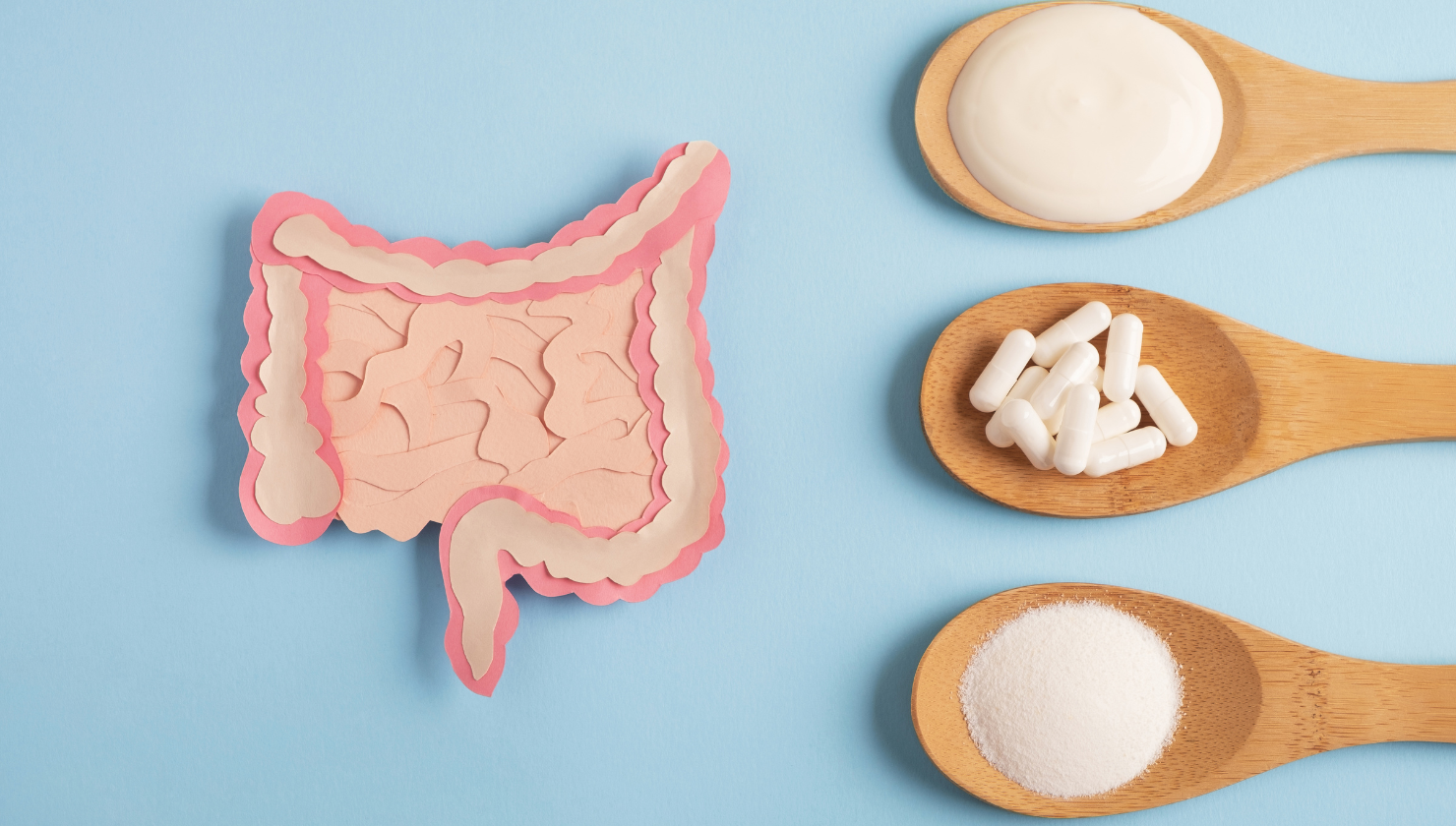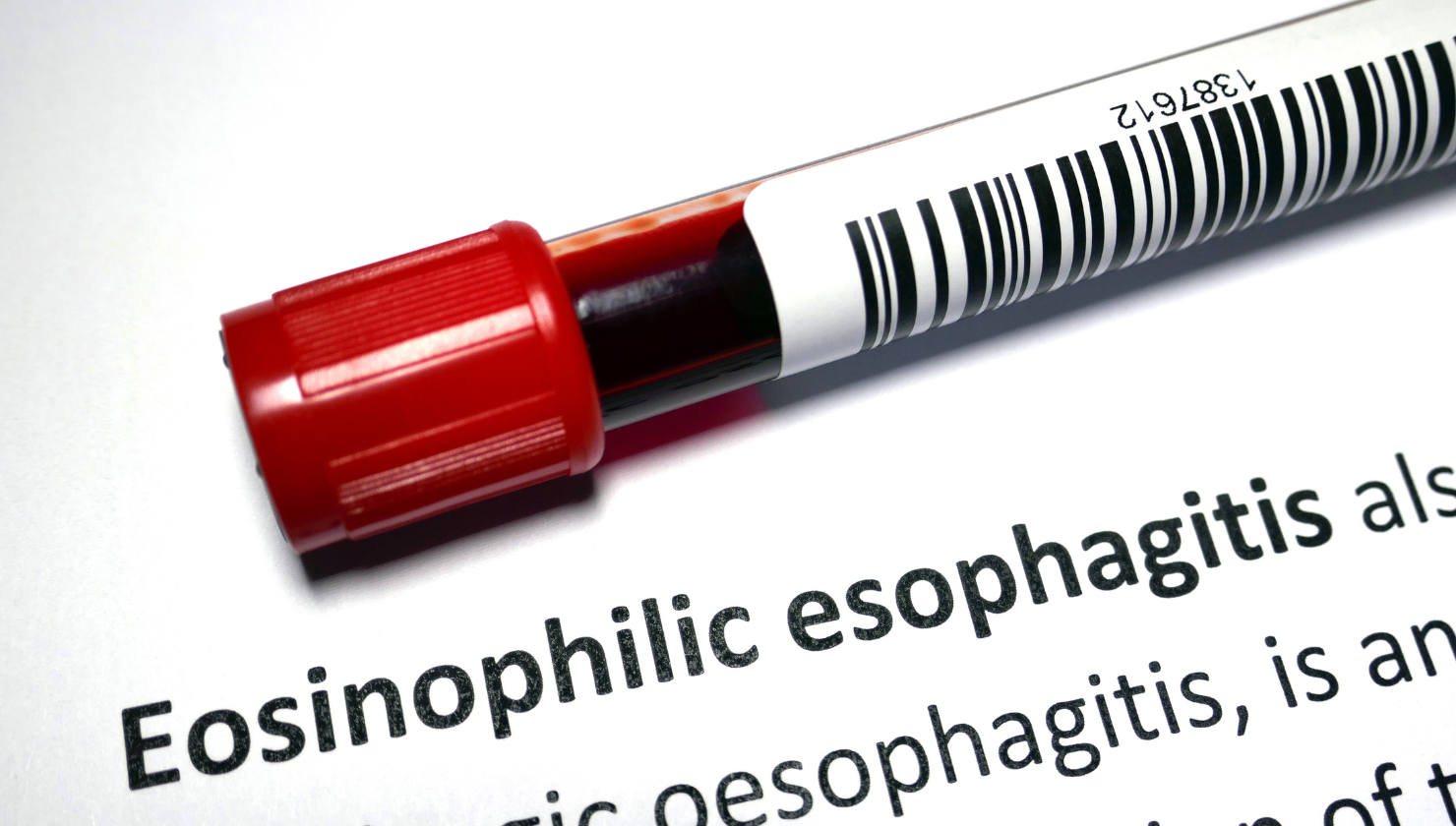Seronegative coeliac disease (SNCD) is a sub-type of coeliac disease in which patients have negative serum antibodies (e.g., anti-tTG IgA, EMA IgA) but positive duodenal histology (Marsh 2-3 lesions).
EOE in children: emerging incidence in the paediatric age group, warranting a high index of suspicion.
1. Think EoE in:
Low threshold to consider EoE in children with dysphagia +/- atopy.
- May present in younger children with fussy eating, chronic vomiting. Feeling
of “food getting stuck” in older children. - “Refractory GERD” unresponsive to PPIs.
2. Refer for endoscopy if suspected, as it is a histopathological diagnosis.
Key Findings on EoE and Autism Spectrum Disorder (ASD)
Current research suggests a possible increased prevalence of EoE in autistic children, though data is still emerging. Here’s what we know:
- Observational & Cohort Studies Suggest a Link
- A 2021 U.S. study (Journal of Pediatric Gastroenterology and Nutrition) found that children with ASD had 3–4 times higher odds of having EoE compared to neurotypical children.
- A 2022 Swedish population-based study (Autism Research) reported that ASD patients were twice as likely to have EoE.
- Smaller studies note that EoE symptoms (dysphagia, food impaction) may be underrecognized in ASD due to communication challenges.
- Possible Explanations for the Association
- Shared immune dysregulation: Both EoE and ASD involve altered immune responses (e.g., Th2 inflammation in EoE, microglial activation in ASD).
- Feeding difficulties & food aversions in ASD may lead to delayed diagnosis of EoE.
- Genetic overlap: Some studies suggest links between FLG (filaggrin) gene mutations (seen in atopy) and both EoE and ASD
There is emerging data about delayed diagnosis of EoE in children with ASD with fussy eating, often dismissed as “behavioural” or “sensory”. It is imperative to have a high index of suspicion and low threshold for endoscopy in this challenging cohort.
© Dr Amit Saha, 2025
Book a Consultation
It’s easy and free!




